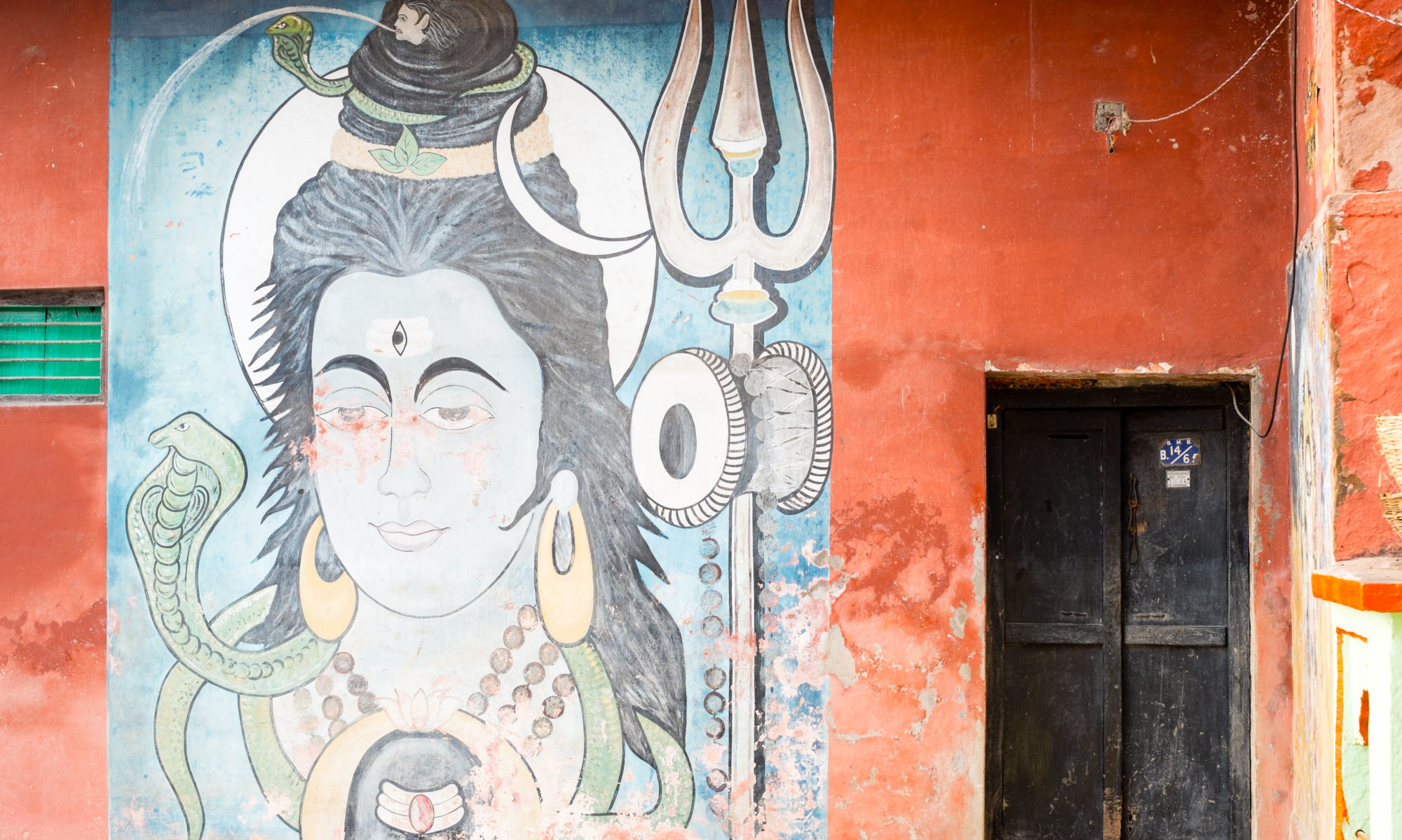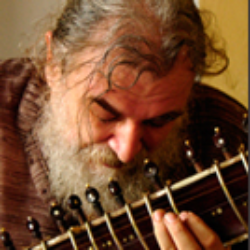 The release of the first modules of guided teachings on the philosophies of Kashmir Śaivism signals a new beginning for our Kula. New beginnings are times when it is important to recall fundamentals and reaffirm commitments. This is especially true, perhaps, for the worlds of the Tantras, in which– as Mark reminds us in the first lecture– immense dimensions of tremendous beauty and profound inspiration are to be realized. It can be tempting to lose oneself amid such splendors and to forget that both the purpose and fundamental teaching of the Tradition are actually very simple. But, as someone once said in another context, the simplest things are always the most difficult.
The release of the first modules of guided teachings on the philosophies of Kashmir Śaivism signals a new beginning for our Kula. New beginnings are times when it is important to recall fundamentals and reaffirm commitments. This is especially true, perhaps, for the worlds of the Tantras, in which– as Mark reminds us in the first lecture– immense dimensions of tremendous beauty and profound inspiration are to be realized. It can be tempting to lose oneself amid such splendors and to forget that both the purpose and fundamental teaching of the Tradition are actually very simple. But, as someone once said in another context, the simplest things are always the most difficult.
The purpose of the Tradition is to achieve liberation. “Liberation from what?” you may ask. The best answer to that question is another one: “Well, what have you got? What is it that seems to limit or constrain you?” Whatever that is, liberation means liberation from that. Do you feel constrained by the round of birth and death? Then liberation is liberation from the round of birth and death. Do you feel constrained by poverty or illness? Then liberation is liberation from poverty or illness. Do you feel constrained by grief over suffering or by fear for the future of humanity on this planet? Then liberation is liberation from these things. Do you feel constrained by the Lord Śiva? Then liberation is liberation from the Lord Śiva. For in point of fact the Lord Śiva is Himself constantly seeking to free Himself from Himself. And since He is the Lord Śiva He is constantly succeeding. The means of his success is his power, that is, the absolute freedom and autonomy of the Goddess, his Consort. And you yourself – you living your individual life — are the result of His success, along with everything else that does or can exist. For every element and aspect of the entire manifest universe is nothing more or less than the expression of the Lord’s absolute freedom—even and perhaps especially his freedom from Himself. That, after all, is what “absolute freedom” means: that, or nothing.
The Masters of the Tradition began with a single simple insight: no matter what the object of their awareness, it is always accompanied by that awareness itself. Awareness is always self-aware. But then they noticed something else, something equally simple and obvious. The objects of their awareness, whether internal to themselves or external in the world, did not seem to share in this self-awareness. But this is rather puzzling. Because whenever we become aware of anything, we become one with it in the very act of knowing it. But how is it possible for two things of such fundamentally different nature to become so unified? How is it possible for awareness to become one with lack of awareness in the act of knowing? Pondering deeply, the Masters came to their remarkable, even stunning, conclusion: it is simply not possible for this to occur. Therefore that must not be what in fact does occur. Rather, what must occur in the act of knowing is that self-awareness becomes one with self-awareness. Everything must be self-aware. Everything must be Consciousness. Moreover, there must be only one such Consciousness, because if there were really two, each of them would be separate from the other’s awareness in the act of knowing and that is just what has been shown to be impossible. But this is perhaps even more puzzling. For if everything is in fact one Consciousness, how is it that it appears as many and insentient? Working out the answer to this question and actually experiencing that answer –along with all of its quite extraordinary ramifications–is the essence of the Tradition itself.

